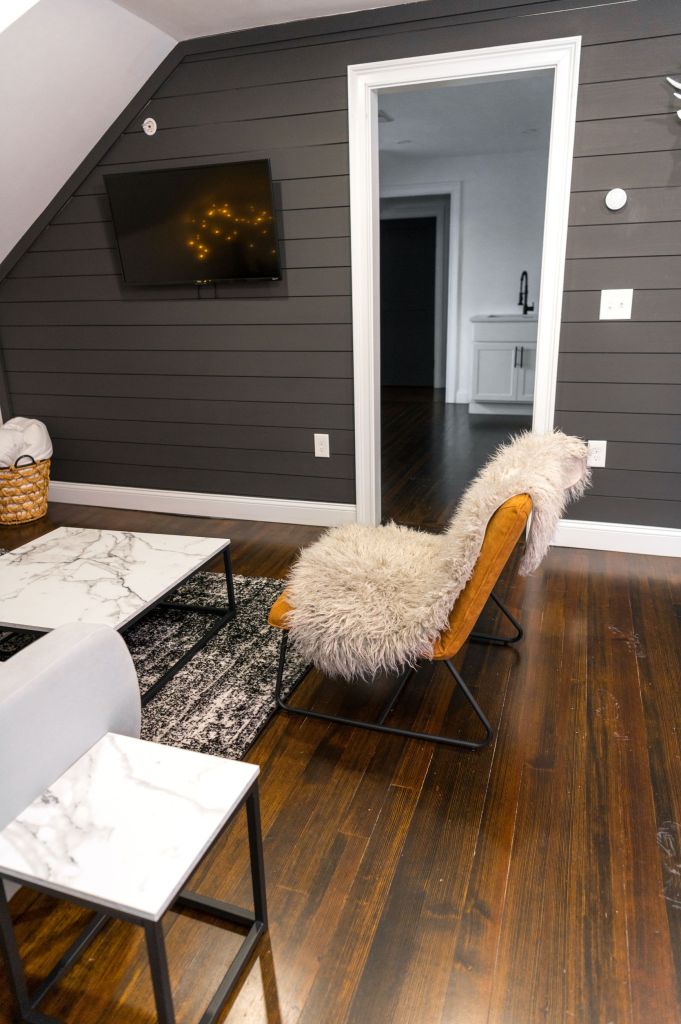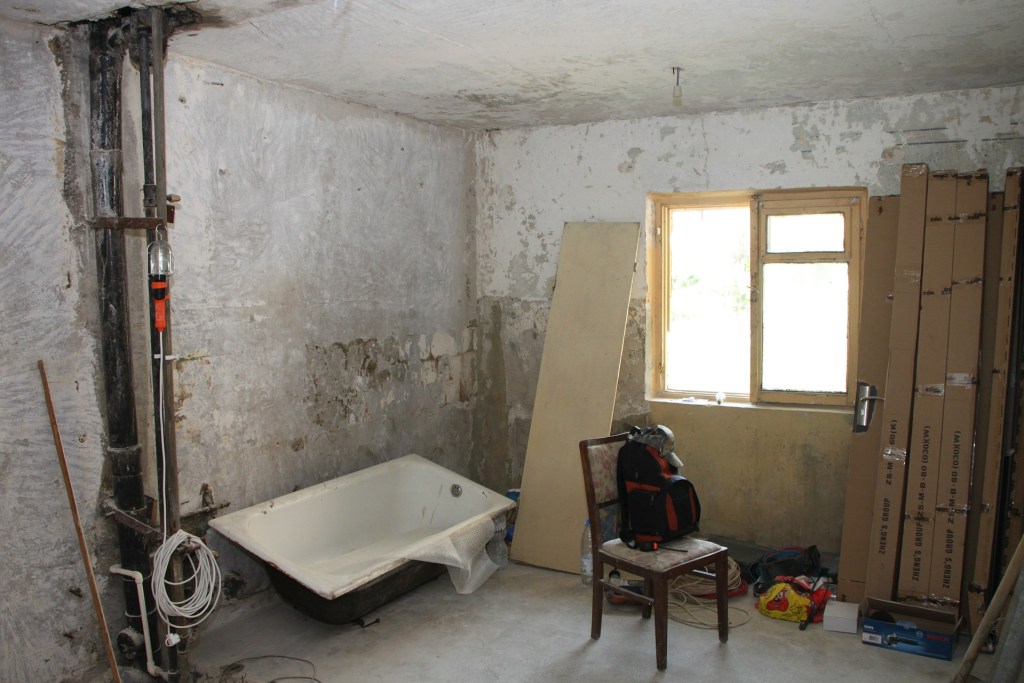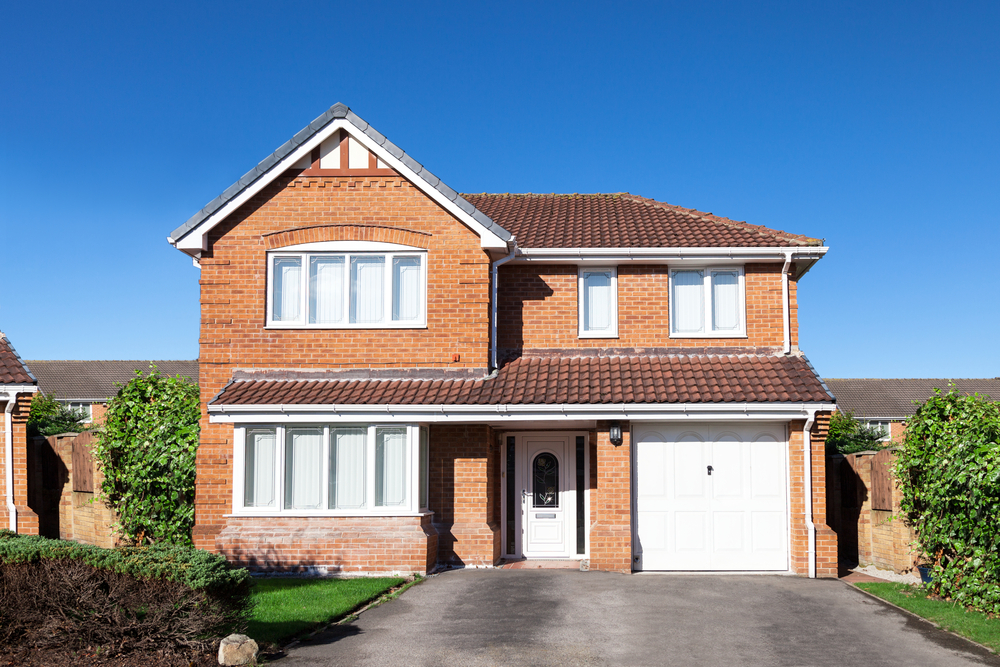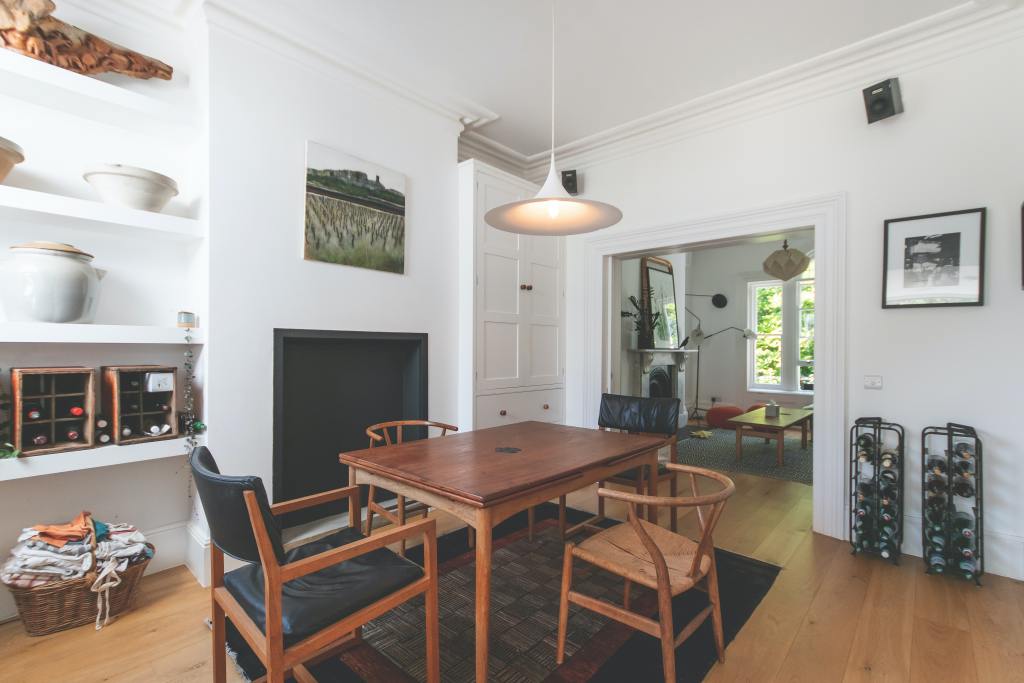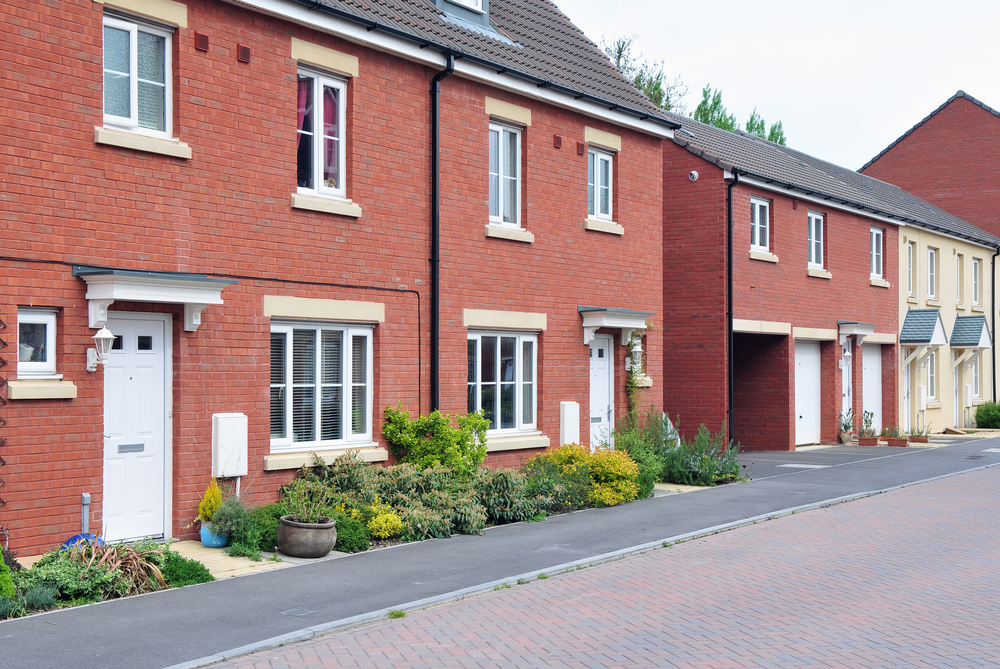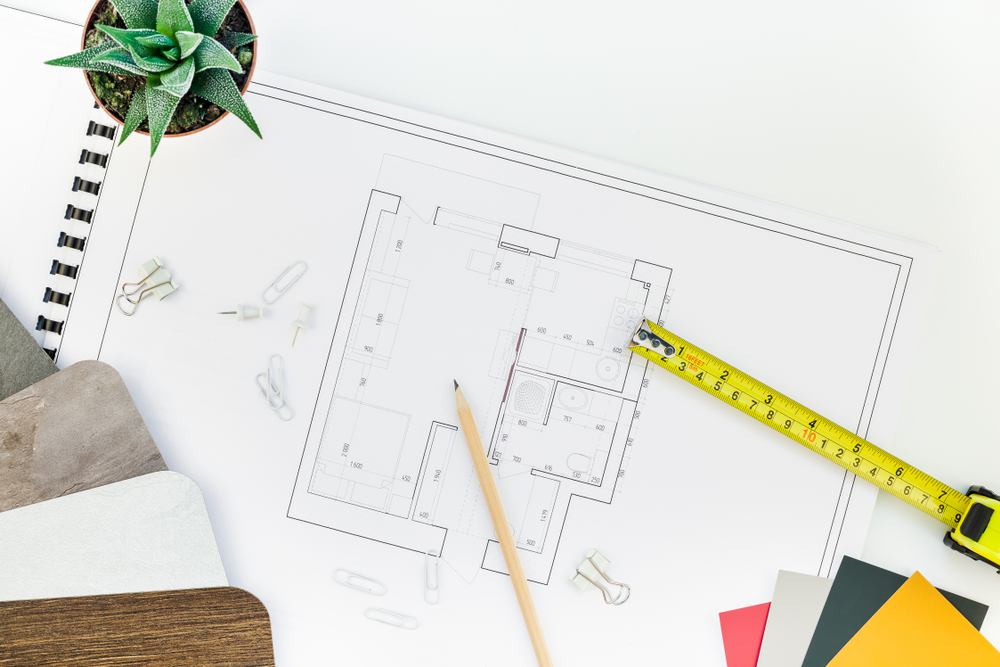5 Reasons Why Attic Insulation Removal Is Important
If you’re like most people, you probably think of insulation as something that’s in your walls. And while it is true that insulation is found in the walls of most homes, it’s also important to have insulation in the attic. In fact, having insulation in the attic is just as important as having insulation in … Read more
